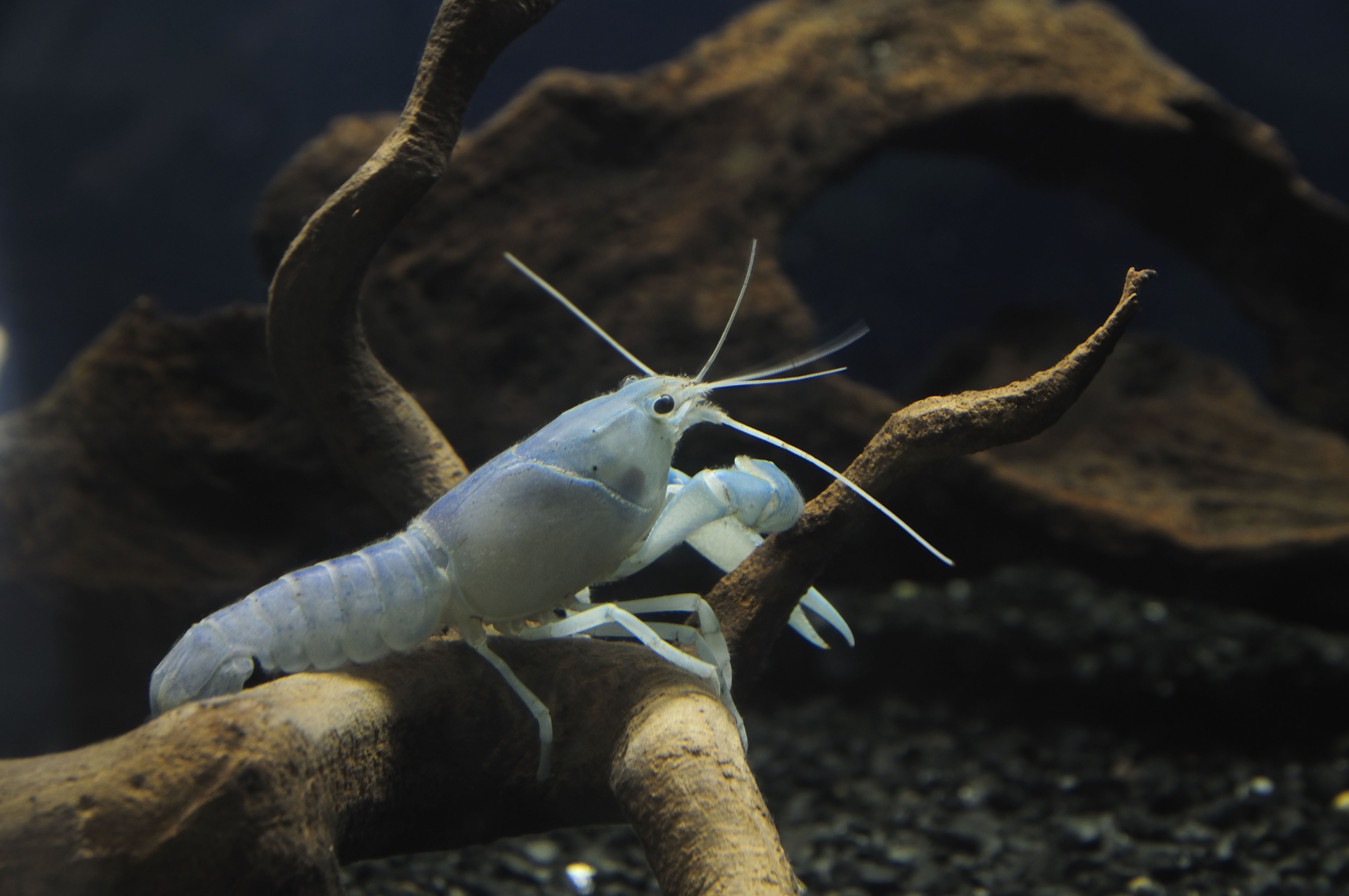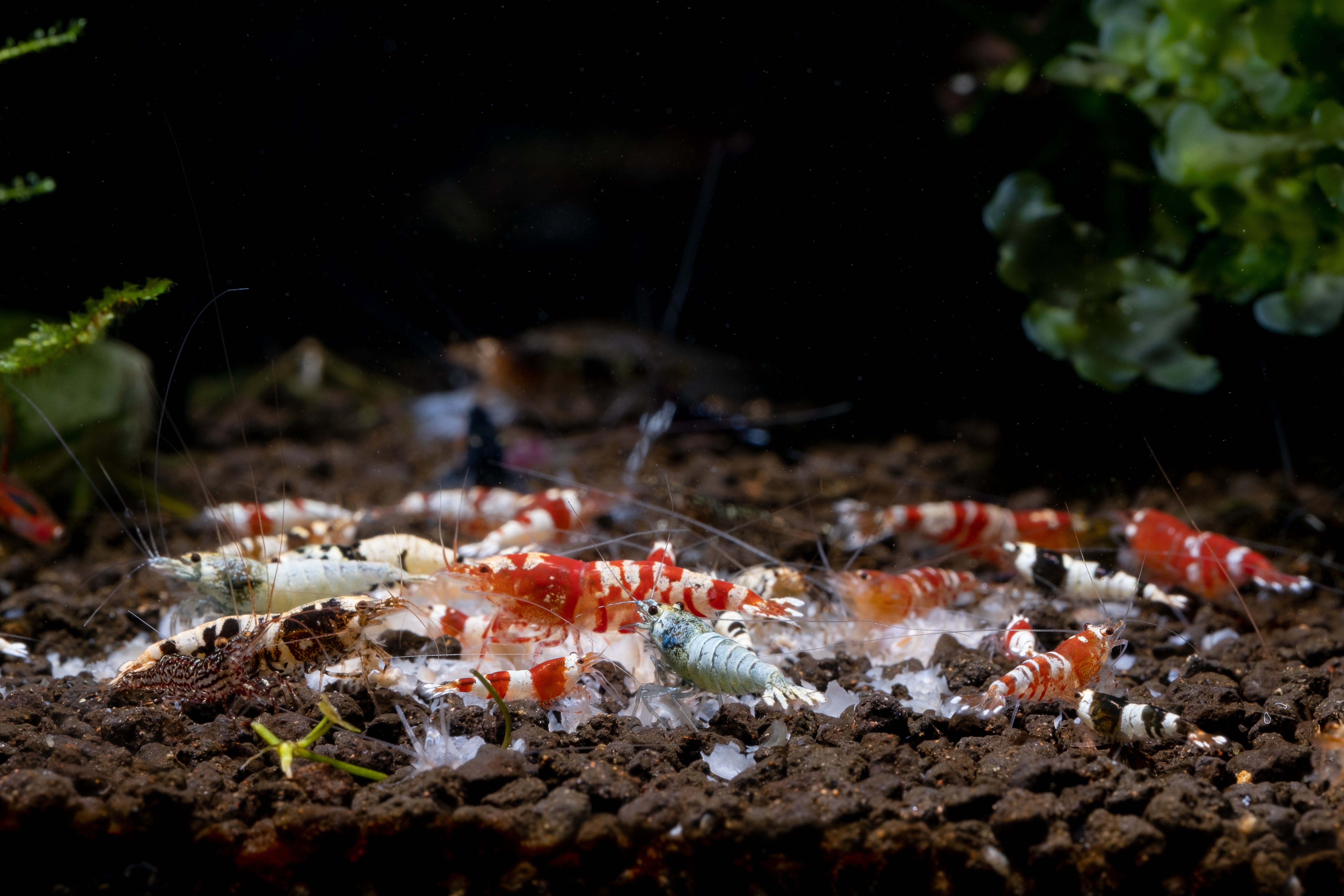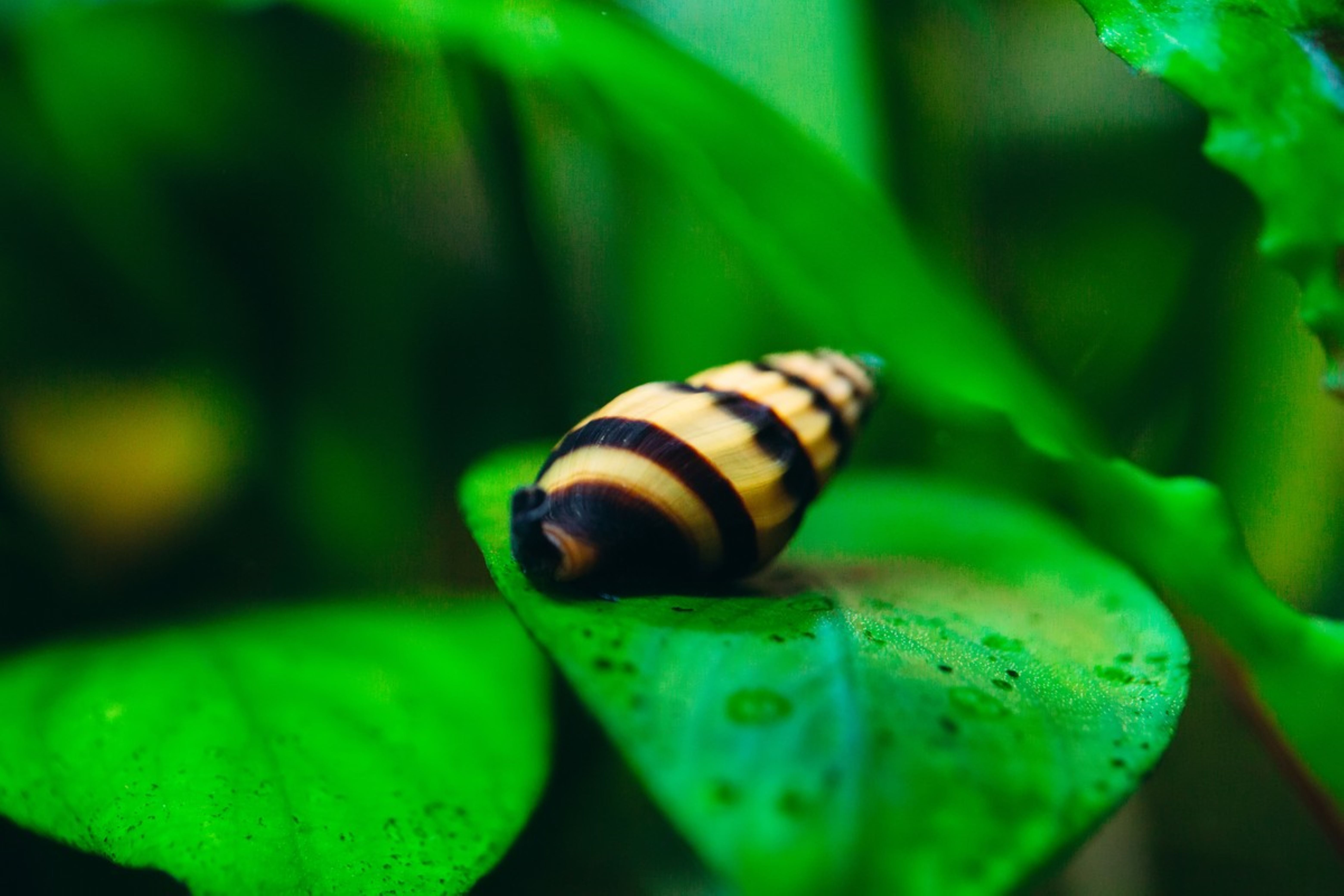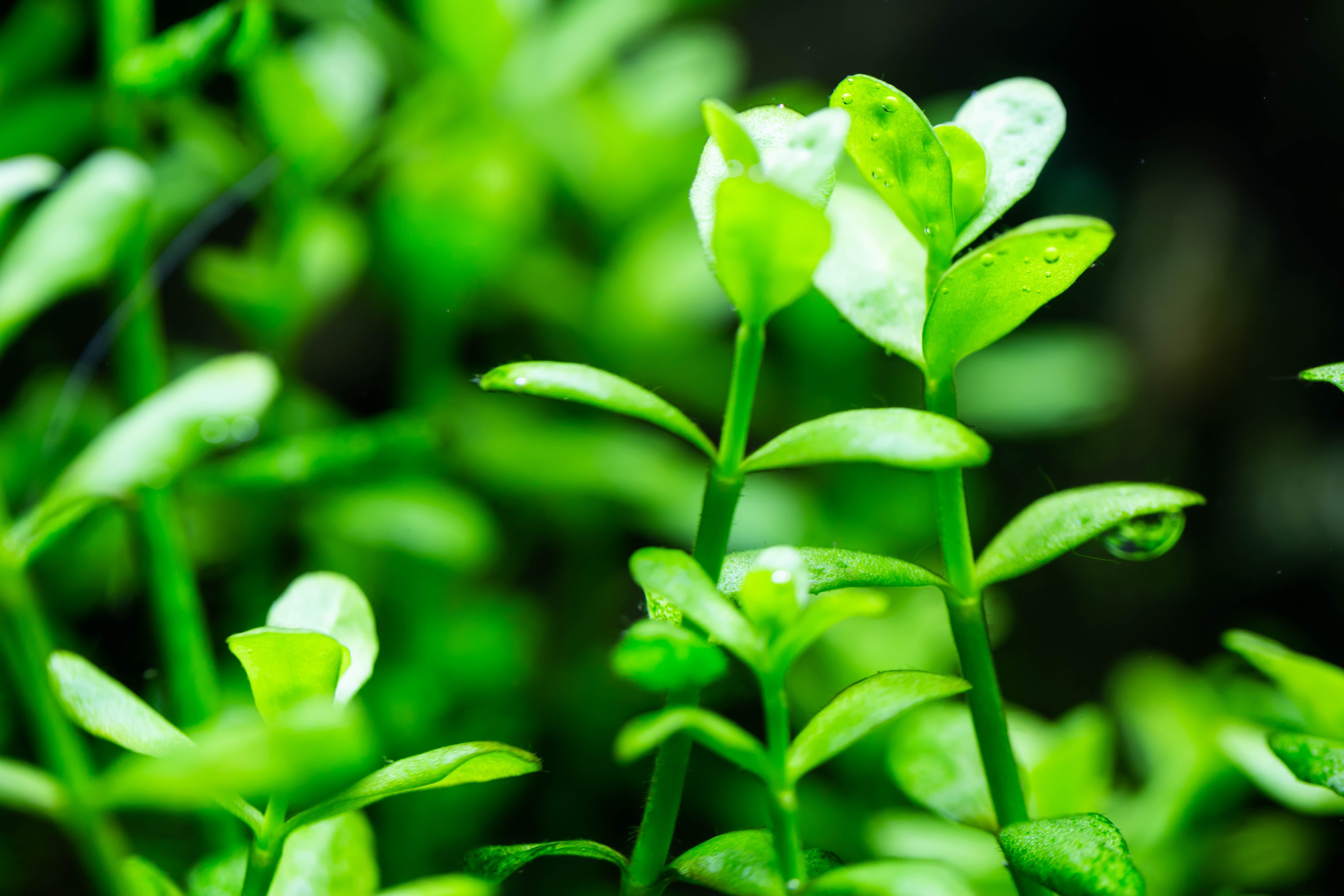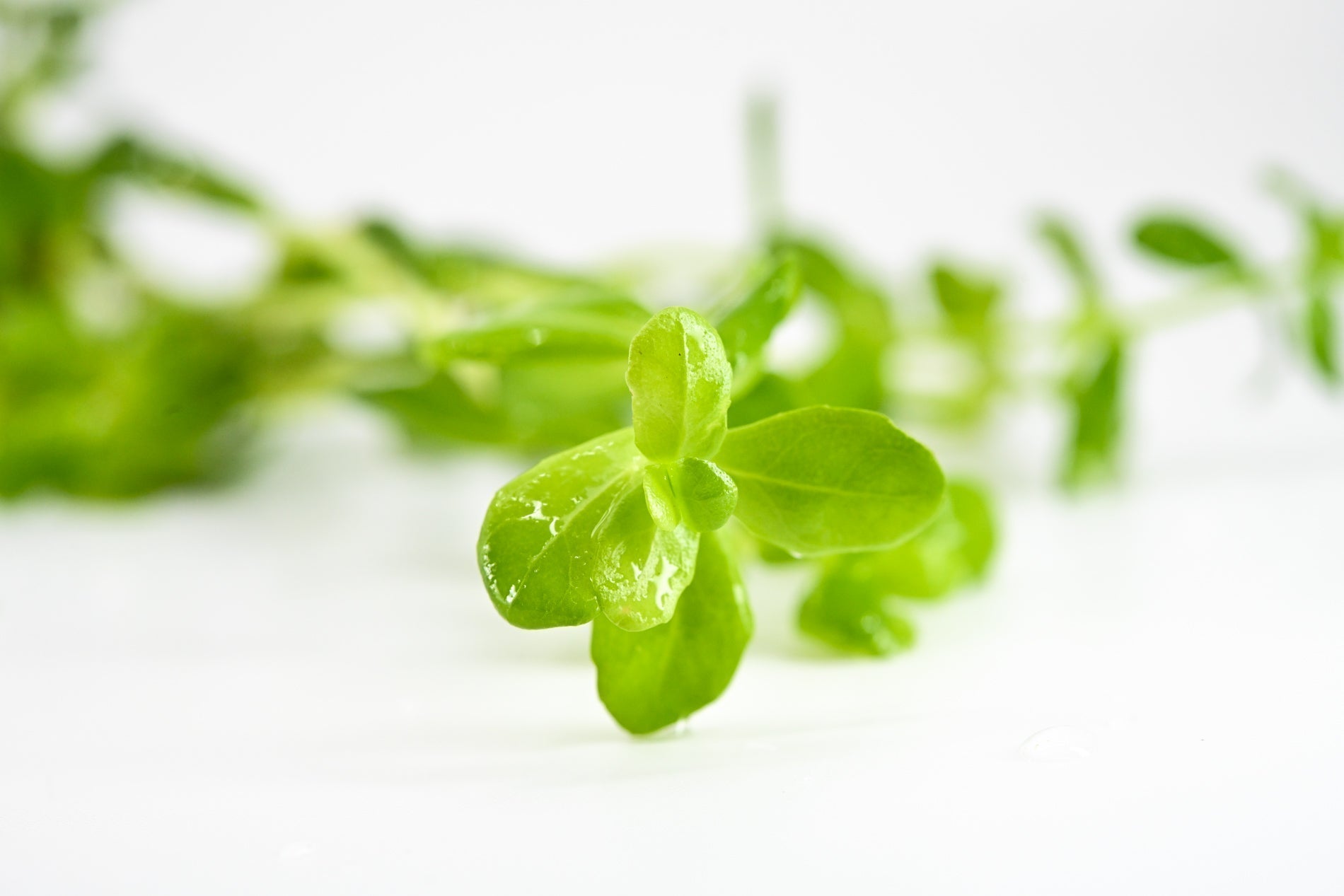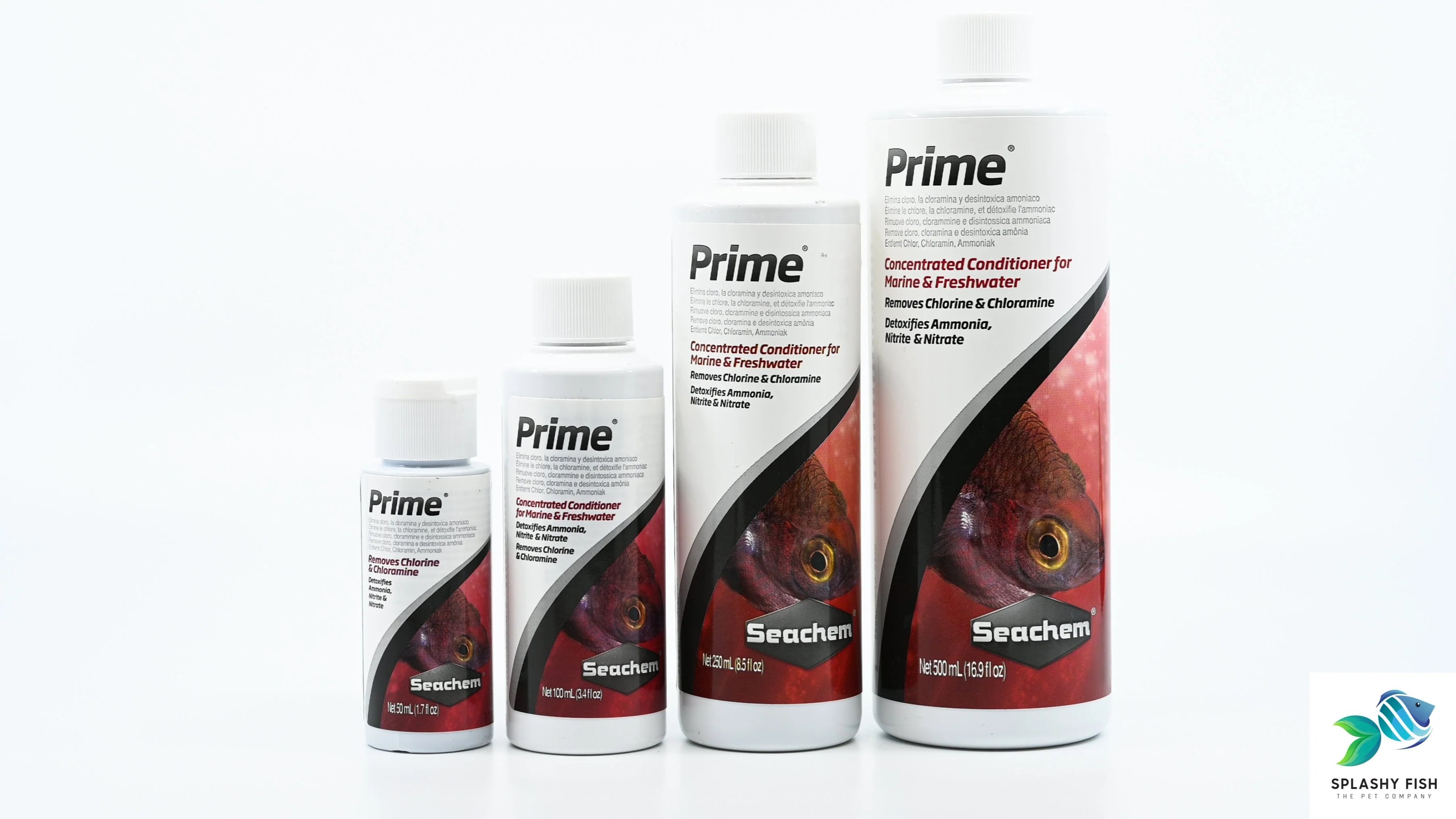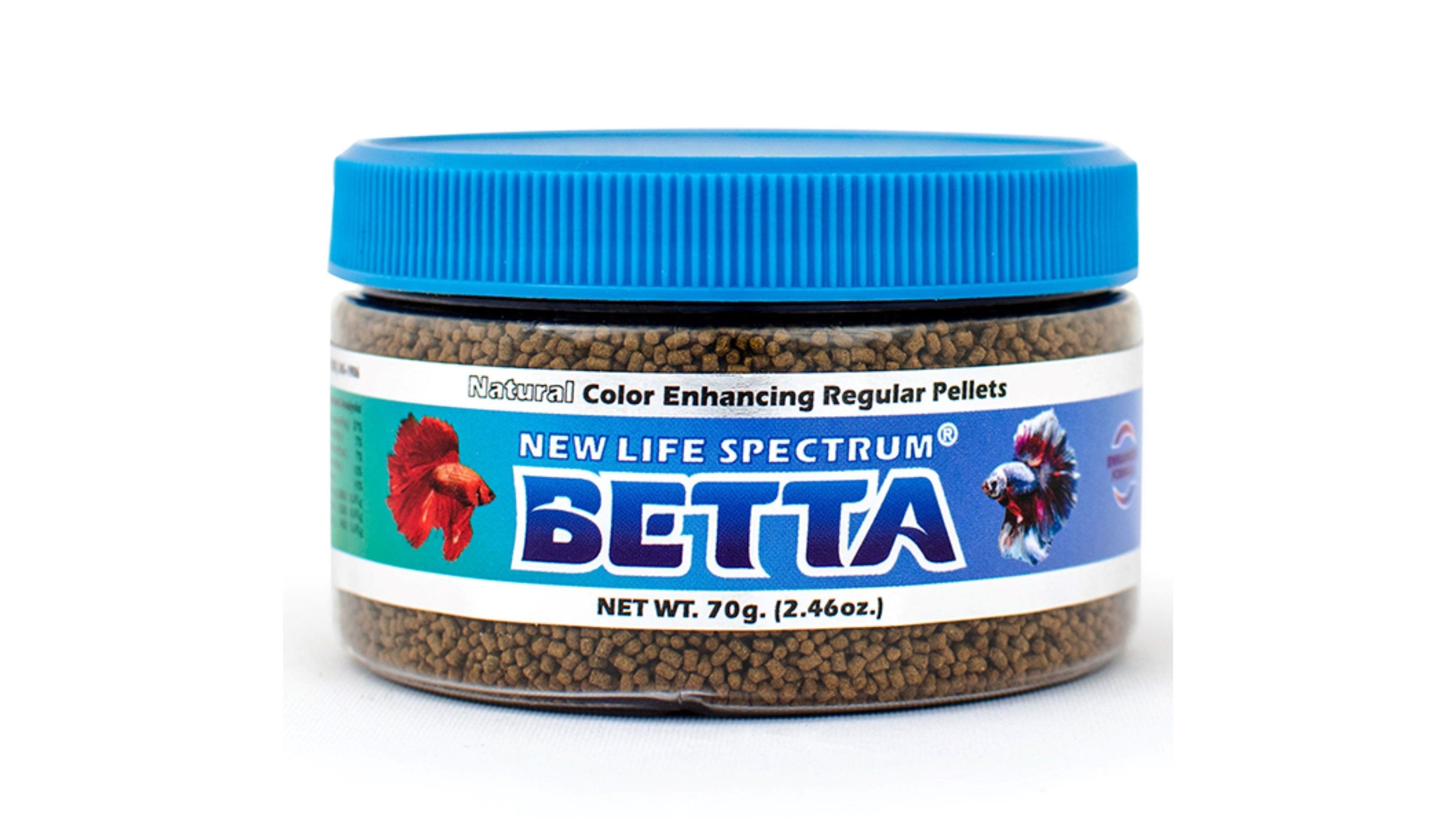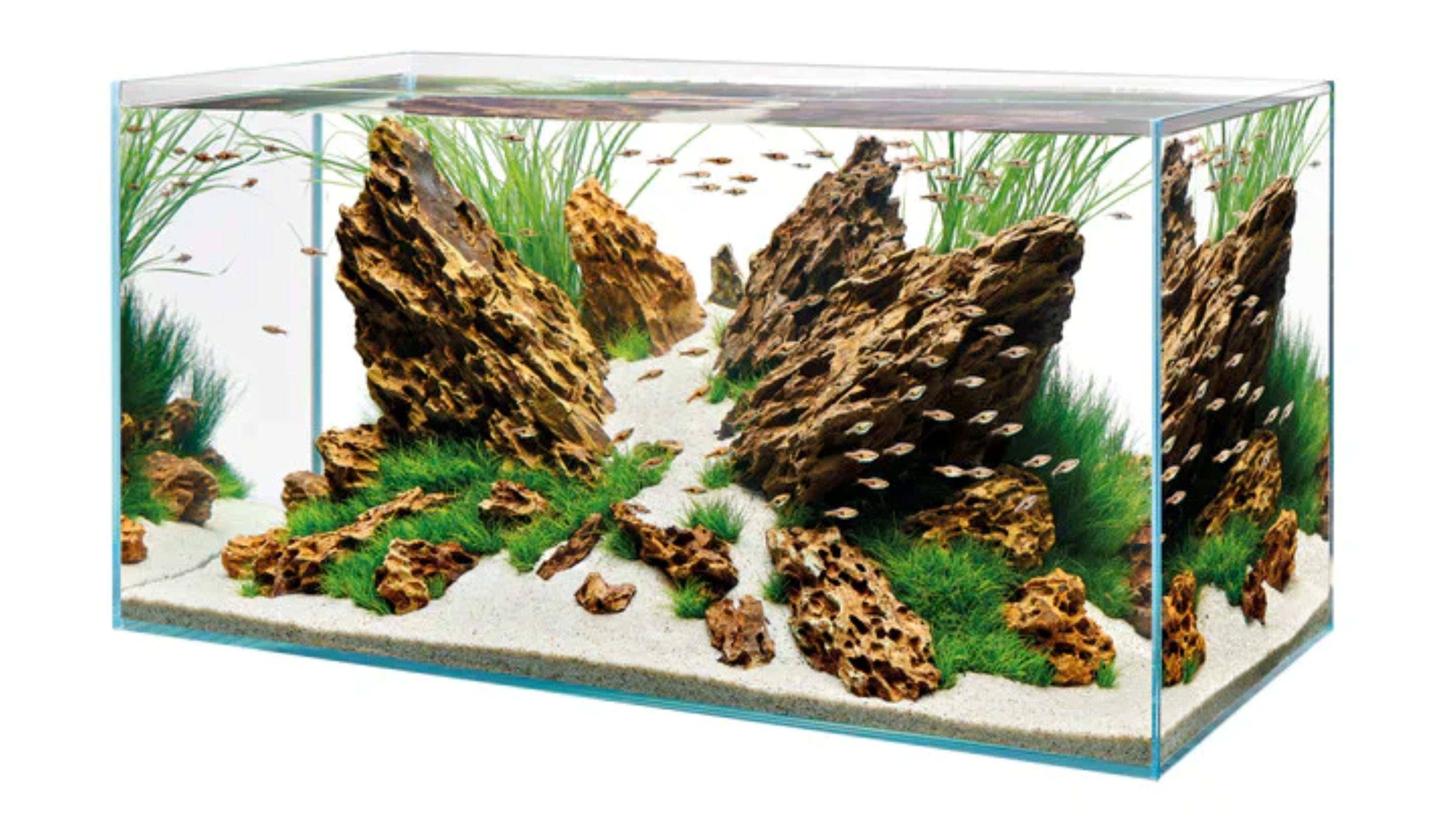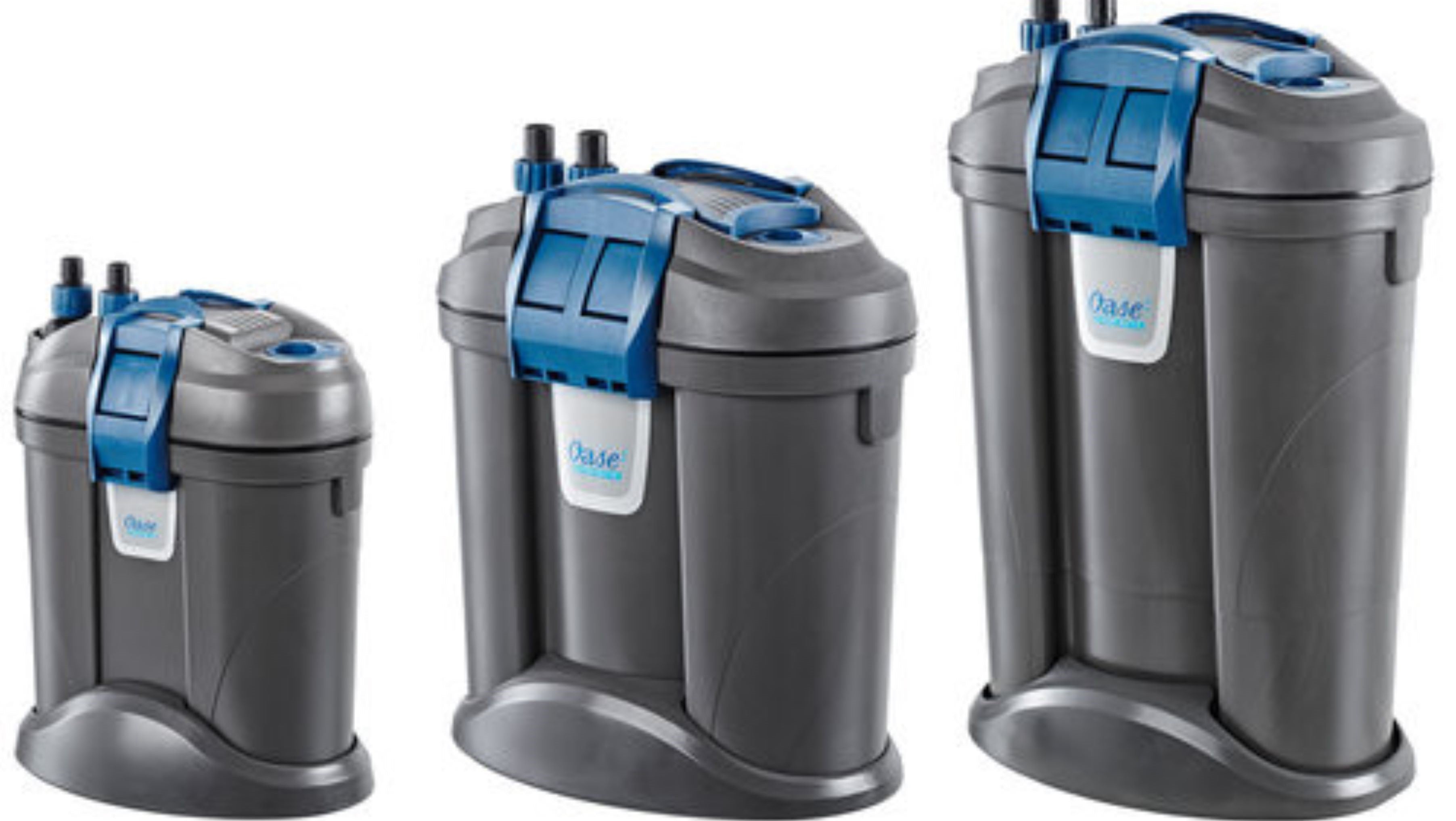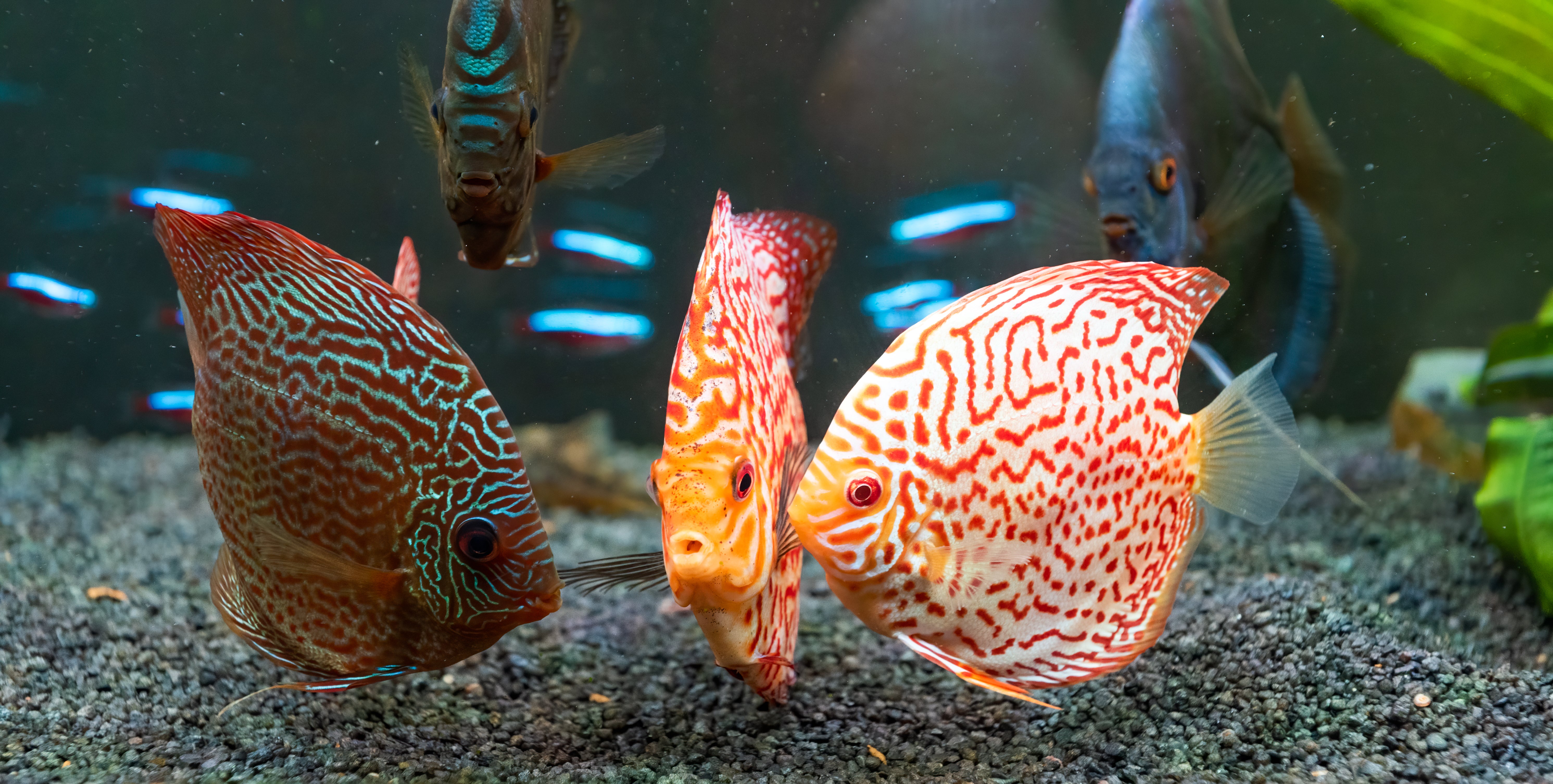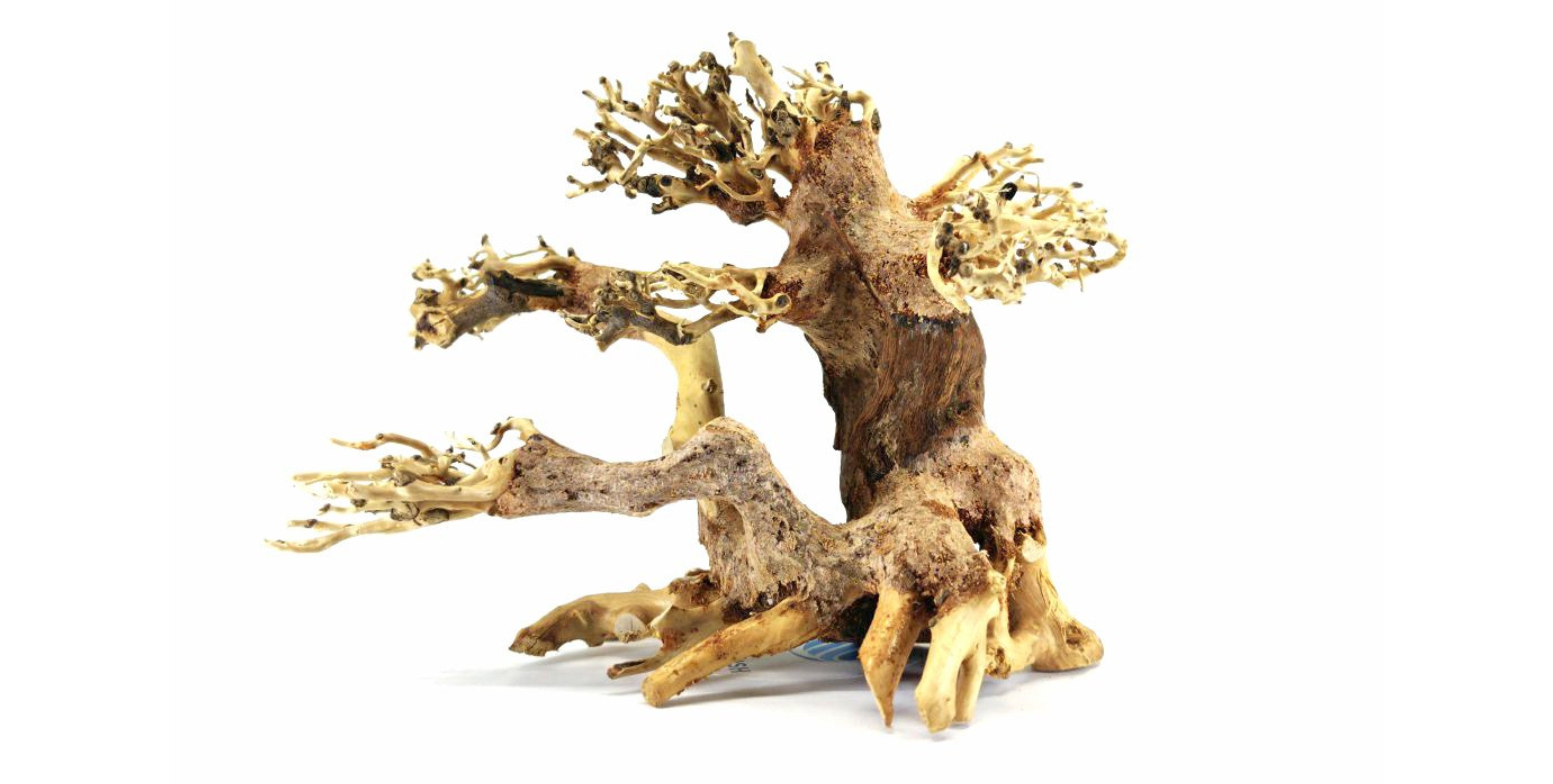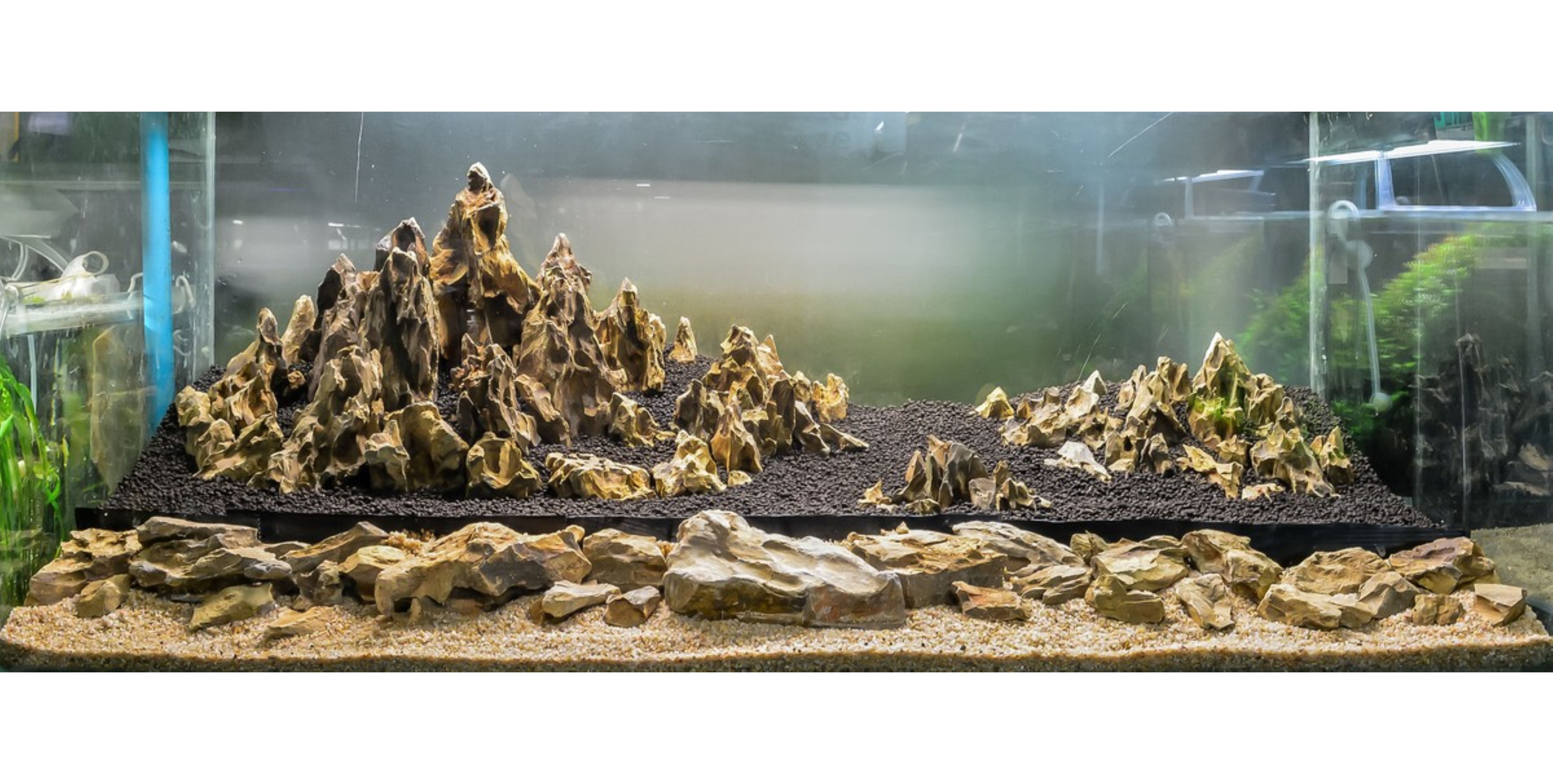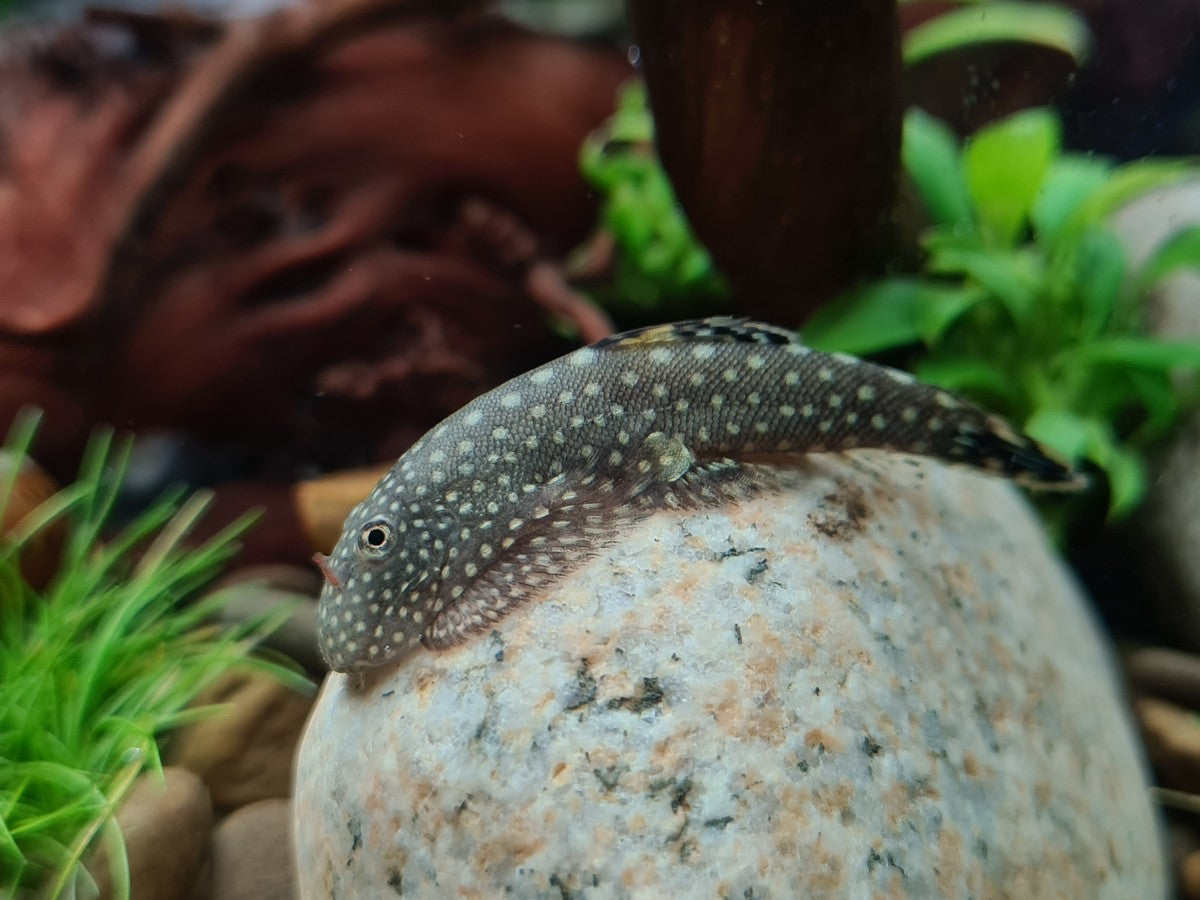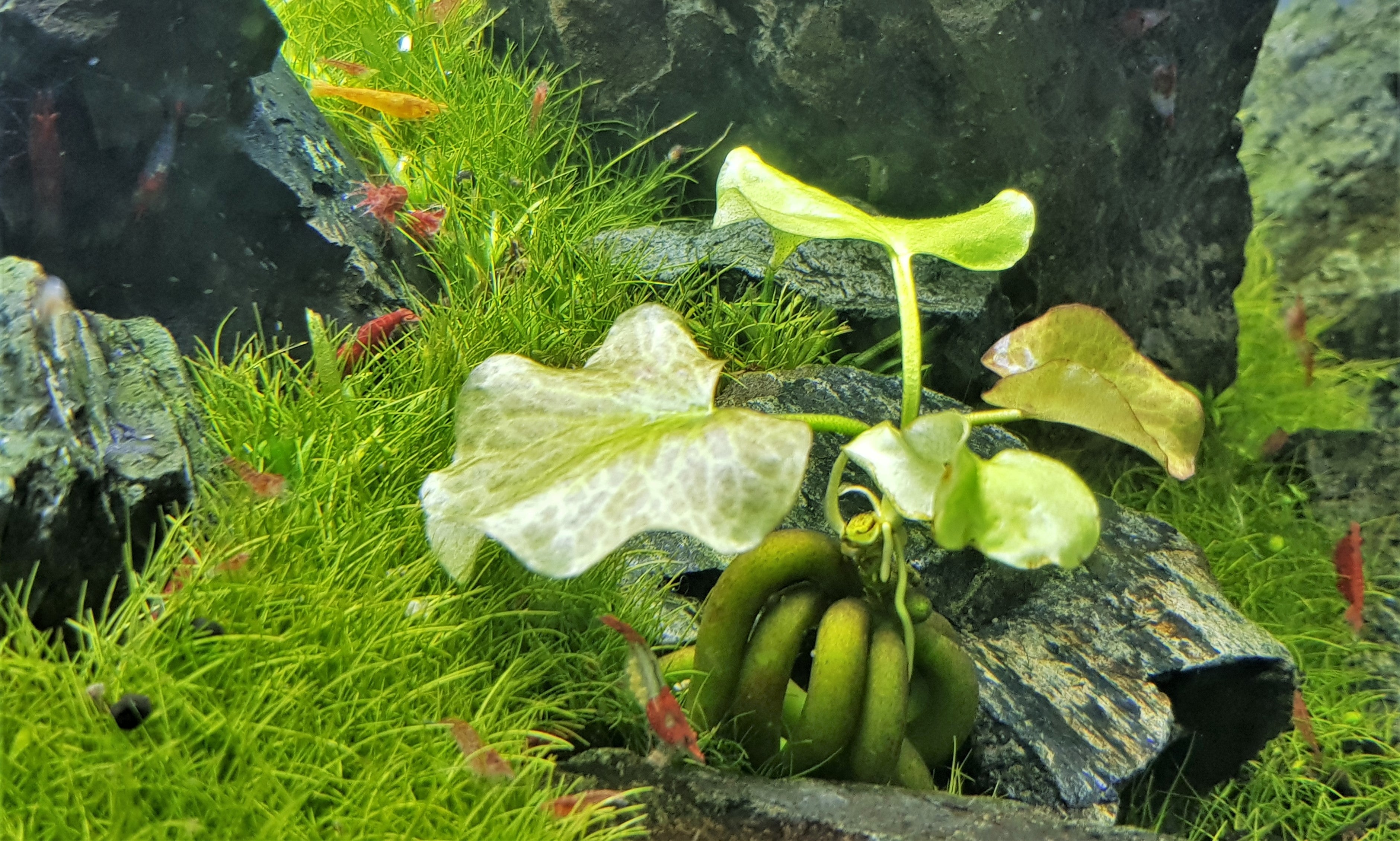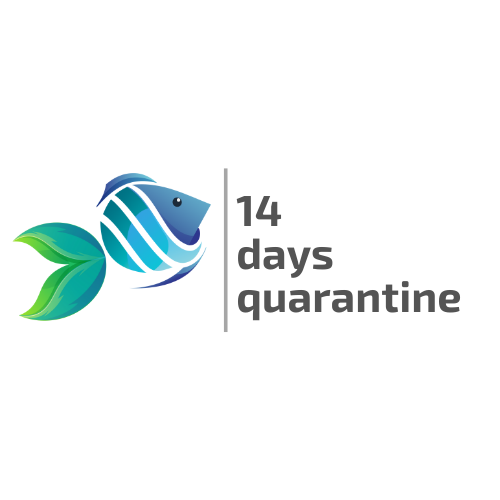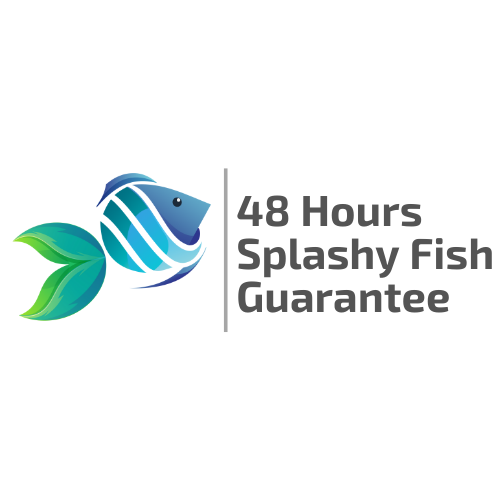Table of Contents
Let’s face it—keeping a tropical aquarium isn’t for everyone. Between the heaters, temperature swings, and sensitive species, it can get a little tricky. That’s where coldwater fish come in. These hardy swimmers thrive in unheated tanks and offer the same color, personality, and variety as their tropical cousins—sometimes even more!
Whether you’re a beginner aquarist or a seasoned hobbyist looking to try something different, a cold water fish aquarium can be just as vibrant and exciting. And if you're in the consideration phase—researching the best cold water fish for aquarium setups before you make a move—you’re in the right place.
Let’s dive into the top 10 coldwater fish species that are perfect for freshwater aquariums, especially the ones you can snag right now from Splashy Fish.
Why Choose Coldwater Fish for Your Aquarium?
Coldwater aquariums are gaining popularity among hobbyists—and for good reason. These cool water fish are hardy, beginner-friendly, and often more low-maintenance than tropical species. With no heater required, they’re ideal for homes, offices, or anyone looking for a simplified setup without sacrificing beauty or activity.
Unlike tropical tanks that demand precise heating equipment, cold water fish aquariums can flourish at room temperature, making them a practical choice in cooler climates or energy-conscious households. Many of these species are also less sensitive to water parameter swings, making them more forgiving for new aquarists.
Whether you’re creating a small fish tank for a child’s room or a larger aquascaped centerpiece, these cold water fish for aquarium setups can thrive at room temperature while still offering plenty of personality, color, and natural behavior.
1. White Cloud Mountain Minnow
Scientific Name: Tanichthys albonubes
Size: 1.5 inches
Lifespan: 3–5 years
Tank Size: 10+ gallons
Temperature: 60–72°F
Temperament: Peaceful
White Clouds are often overlooked, but they’re a top-tier choice for cold water fish for beginners. Their iridescent bodies, red-tipped fins, and active schooling behavior make them a joy to watch. They’re incredibly hardy, tolerate a wide range of water conditions, and thrive in both nano tanks and community setups.
They love being in groups of six or more and display their best behavior in planted tanks. Because they don’t require a heater and aren’t fussy eaters, they’re perfect for low-maintenance aquariums.
2. Fancy Goldfish & Comet Goldfish
Scientific Name: Carassius auratus
Size: 6–12+ inches (depending on type)
Lifespan: 10–20 years
Tank Size: 20 gallons+ (Fancy), 40+ gallons (Comet)
Temperature: 65–75°F
Temperament: Peaceful
Goldfish are arguably the most iconic cold water fish species in the hobby. They come in many varieties, including Fantail, Oranda, Ranchu, and Comet. Fancy goldfish have rounder bodies and shorter tails, while Comets are faster and better suited for ponds or large aquariums.
They’re personable, trainable, and love human interaction. However, they’re also messy eaters and high waste producers, so a powerful filter and regular maintenance are a must.

3. Zebra Danio
Scientific Name: Danio rerio
Size: 2 inches
Lifespan: 3–5 years
Tank Size: 10+ gallons
Temperature: 64–75°F
Temperament: Active, Peaceful
Zebra Danios are the definition of energetic. These stripey swimmers are super hardy, making them an excellent choice for first-time fish keepers. They love to dart around in schools and are highly adaptable to various environments.
Their activity makes them a great fit for community tanks, and they do well in unheated aquariums as long as temps stay stable. Avoid pairing them with slow-moving fish, as Danios tend to outcompete others for food.
4. Bristlenose Pleco
Scientific Name: Ancistrus sp.
Size: 4–6 inches
Lifespan: 5–10 years
Tank Size: 20+ gallons
Temperature: 65–80°F
Temperament: Peaceful, bottom-dweller
Bristlenose Plecos are one of the best cold-tolerant algae-eaters. Unlike larger common plecos, these stay a manageable size and won’t outgrow your tank. They’re excellent for controlling algae and detritus while adding a prehistoric vibe with their bristled noses.
Give them driftwood, caves, and low light for best health. They’re nocturnal, so expect them to hide during the day and come out at night.

5. Hillstream Loach
Scientific Name: Sewellia lineolata
Size: 2–3 inches
Lifespan: 8–10 years
Tank Size: 20+ gallons
Temperature: 65–75°F
Temperament: Peaceful
These quirky bottom-dwellers resemble tiny stingrays and thrive in high-flow, oxygen-rich tanks. Hillstream Loaches are perfect for aquarists aiming to recreate a riverbed or mountain stream environment.
They graze on biofilm, algae, and leftover fish food. To thrive, give them smooth rocks, lots of surface area, and a powerhead or sponge filter to create current.
6. Rosy Barb
Scientific Name: Pethia conchonius
Size: 3–6 inches
Lifespan: 4–7 years
Tank Size: 20+ gallons
Temperature: 64–72°F
Temperament: Semi-aggressive (in small numbers)
Rosy Barbs are energetic and brightly colored, adding serious pop to any coldwater fish aquarium. Best kept in groups of 5 or more to reduce nipping behavior, these Barbs fish do well in medium to large aquariums with plants and open swimming space.
Males display brighter coloration, especially when competing for mates. They're active and may outswim more docile species, so pair them wisely.
7. Dojo Loach (Weather Loach)
Scientific Name: Misgurnus anguillicaudatus
Size: Up to 12 inches
Lifespan: 7–10 years
Tank Size: 30+ gallons
Temperature: 50–75°F
Temperament: Peaceful, playful
Dojo Loaches are fascinating, social fish that often interact with their owners. They enjoy burrowing in soft substrates and are known to become more active before storms due to their sensitivity to barometric pressure.
Due to their size and activity level, these Loach fish require a large, well-covered tank (they're escape artists). They're also happiest in groups of 2 or more.
8. Rainbow Shiner
Scientific Name: Notropis chrosomus
Size: 2–3 inches
Lifespan: 2–4 years
Tank Size: 20+ gallons
Temperature: 60–72°F
Temperament: Peaceful
Rainbow Shiners are jaw-droppingly beautiful, especially during spawning season when males display vivid blues, reds, and purples. Native to the U.S., they're ideal for biotope tanks and natural setups.
They do best in groups of 6+ and prefer well-oxygenated tanks with lots of open swimming space.
9. Platies (Cool Room Temp)
Scientific Name: Xiphophorus maculatus
Size: 2–3 inches
Lifespan: 3–5 years
Tank Size: 10+ gallons
Temperature: 68–78°F
Temperament: Peaceful
While technically tropical, Platies can tolerate slightly cooler room temps, especially in climate-controlled environments. They're colorful, easy to breed, and super active.
Great for kids or beginner setups, they do well in peaceful community tanks with live plants.
10. Paradise Fish
Scientific Name: Macropodus opercularis
Size: 3–4 inches
Lifespan: 5–8 years
Tank Size: 20+ gallons
Temperature: 60–75°F
Temperament: Semi-aggressive
One of the first aquarium fish ever kept in captivity, the Paradise Fish are true pioneers. With striking coloration and long flowing fins, they make for a stunning centerpiece fish.
As labyrinth breathers, they can gulp air from the surface, allowing them to thrive in lower-oxygen setups. However, males can be aggressive, so tank mates should be chosen carefully.
Coldwater Aquarium Setup Tips
Creating a successful coldwater aquarium is all about understanding your fish's specific needs. Here are some key setup tips to ensure your cool water tank thrives:
No heater needed
Most coldwater fish thrive in room temperatures ranging from 60–75°F. Just make sure your room stays relatively stable throughout the seasons.
Choose compatible tankmates
Coldwater species often prefer different activity levels and space. Group peaceful, similarly sized fish to avoid stress or aggression.
High oxygen levels
Use air stones, sponge filters, or spray bars to create water movement and oxygenation, especially for species like Hillstream Loaches or Rainbow Shiners.
Use live plants
Cold-hardy aquatic plants like Anubias, Java Fern, Hornwort, and Vallisneria not only look great but also help maintain water quality by absorbing nitrates. Visit this to see more available live aquatic plants for sale on our website.
Stable conditions
While heaters aren't necessary, avoid drastic swings in temperature. Coldwater fish can handle cool water, but they don’t like fluctuations.
Filtration is a must
Even coldwater species produce waste. Use a high-quality aquarium filter that offers both mechanical and biological filtration to keep the environment healthy.
Regular maintenance
Perform weekly water changes (20-30%) and monitor ammonia, nitrite, and nitrate levels to keep fish healthy.
By following these tips, your coldwater setup will not only be low-maintenance but also a stunning showcase of biodiversity and beauty.
Conclusion
Keeping a coldwater freshwater tank is more than just skipping the heater—it’s about discovering a whole world of unique, beautiful, and hardy freshwater fish that can thrive in your setup. Whether you're starting small with White Clouds or building a pond-sized paradise for Goldfish and Dojos, there's a cold water fish in tank to match your style.
Visit our website to buy these freshwater fish for sale online or at our aquarium store in Virginia for more other betta fish for sale, freshwater shrimp for sale, and aquarium supplies.
Coldwater Fish Frequently Asked Questions (FAQs)
What coldwater fish can live together?
Many coldwater fish species are peaceful and thrive in community aquariums. Good tank mates include White Cloud Mountain Minnows, Zebra Danios, Rosy Barbs, Bristlenose Plecos, Dojo Loaches, and Fancy Goldfish. These species are generally non-aggressive and can cohabitate well when provided with proper space and water conditions. It’s best to group fish with similar sizes, temperaments, and temperature needs. Avoid combining coldwater fish with tropical species or aggressive fish like certain cichlids or male Paradise Fish, as this can lead to stress or territorial behavior.
Do coldwater fish need a filter?
Yes, coldwater fish need a filter just as much as tropical fish. Even without a heater, fish produce waste and ammonia that must be filtered out to maintain water quality. A good filter provides mechanical filtration to remove debris, biological filtration to break down harmful chemicals, and water movement to improve oxygen levels. Filters also reduce algae and maintain a healthy nitrogen cycle. For small tanks, sponge filters are effective, while hang-on-back filters (HOBs) and canister filters are better for larger coldwater aquariums, such as those housing goldfish or loaches.
How often should I clean my coldwater fish tank?
Coldwater fish tanks should be cleaned regularly to keep the water healthy and clear. Perform weekly tasks like testing water parameters, removing uneaten food, and wiping algae from the glass. Every 1 to 2 weeks, do a 20–30% water change and vacuum the substrate to remove waste buildup. Once a month, rinse filter media in tank water (never tap water), clean decorations if needed, and inspect equipment like filters or air pumps. Consistent maintenance ensures your coldwater fish stay stress-free and your tank remains stable and attractive.



